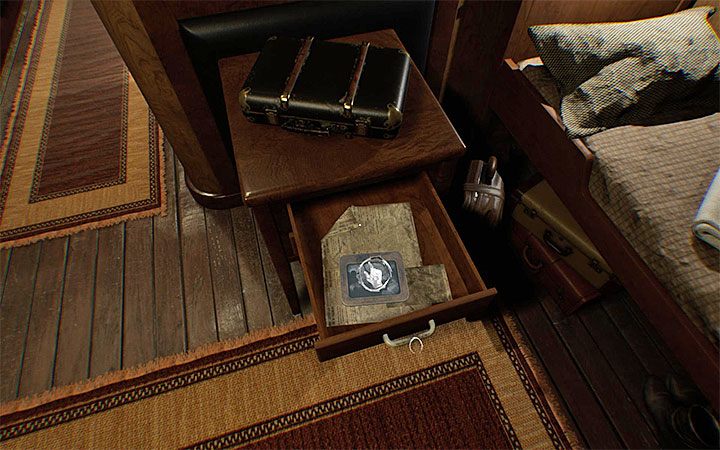
#Morse code layers of fear 2 series
In addition to Gosden and Correll, the other major blackface radio entertainers of the era included George Mack and Charles Moran, known as the Two Black Crows on the CBS network, as well as Marlin Hunt, who created and portrayed the radio maid Beulah on the series of the same name.ĭuring the period when blackface comedy performed by whites dominated the portrayal of African Americans over the airways, its audience was mostly white fewer than one in ten black households owned a radio receiver. Meanwhile, Amos 'n' Andy dominated black comedy on radio throughout its heyday as the "national pastime" in the 1930s. He also launched a petition campaign to have the program taken off the air that amassed 740,000 signatures -but to no avail, for the Federal Radio Commission ignored it. Robert Vann, editor of the Pittsburgh Courier, countered by criticizing the series as racist in its portrayal of African Americans. Robert Abbot, editor of the Chicago Defender, defended Gosden and Correll's caricatures of black urban life as inoffensive and even humane. In addition, the series provoked the black community's first national radio controversy. Indeed, Amos 'n' Andy was radio's first mass phenomenon: a supershow that attracted 53 percent of the national audience, or 40 million listeners, during its peak years on the NBC network in the early 1930s. A parallel trend developed with respect to black humor with the emergence of Amos 'n' Andy (starring Freeman Gosden and Charles Correll) as radio's most popular comedy series. Handy's " Saint Louis Blues," and Paul Whiteman, the so-called king of jazz in the 1920s. Popular black music styles like blues and jazz were first performed on the radio by such white performers as Sophie Tucker, the first singer to popularize W. The resulting radical stereotypes were embedded in the blackface minstrel tradition, which dominated American popular entertainment in the antebellum period, and remained resilient enough in the postbellum years to reappear in film and radio in the early decades of the twentieth century. The appropriation of black song, dance, and humor by white entertainers who blackened their faces with charcoal goes back to the early days of slavery. However, the percentage of African-American-owned stations still lags far behind the percentage of black listeners. In addition, they have established black-controlled radio networks and trade organizations. During the most recent period, African Americans have striven to own and operate their own radio stations, both commercial and public. This situation constrained the development of independent black radio operations, while the radio industry in general prospered from it. In the era of black-appeal radio, African Americans entered into the industry as entertainers and consumers, but the ownership and management of the stations targeting the black radio market remained mostly in the hands of white businessmen. During this period, black people were essentially outside of the commercial broadcasting loop they were marginal as both radio entertainers and consumers. Blackface radio was characterized by the appropriation of African-American music and humor by white entertainers, who performed their secondhand imitations for a predominantly white listening audience.

African-American radio can be divided into three general periods of historical development: blackface radio (1920 –1941), black-appeal radio (1942 –1969), and black-controlled radio (1970 to the present).


 0 kommentar(er)
0 kommentar(er)
